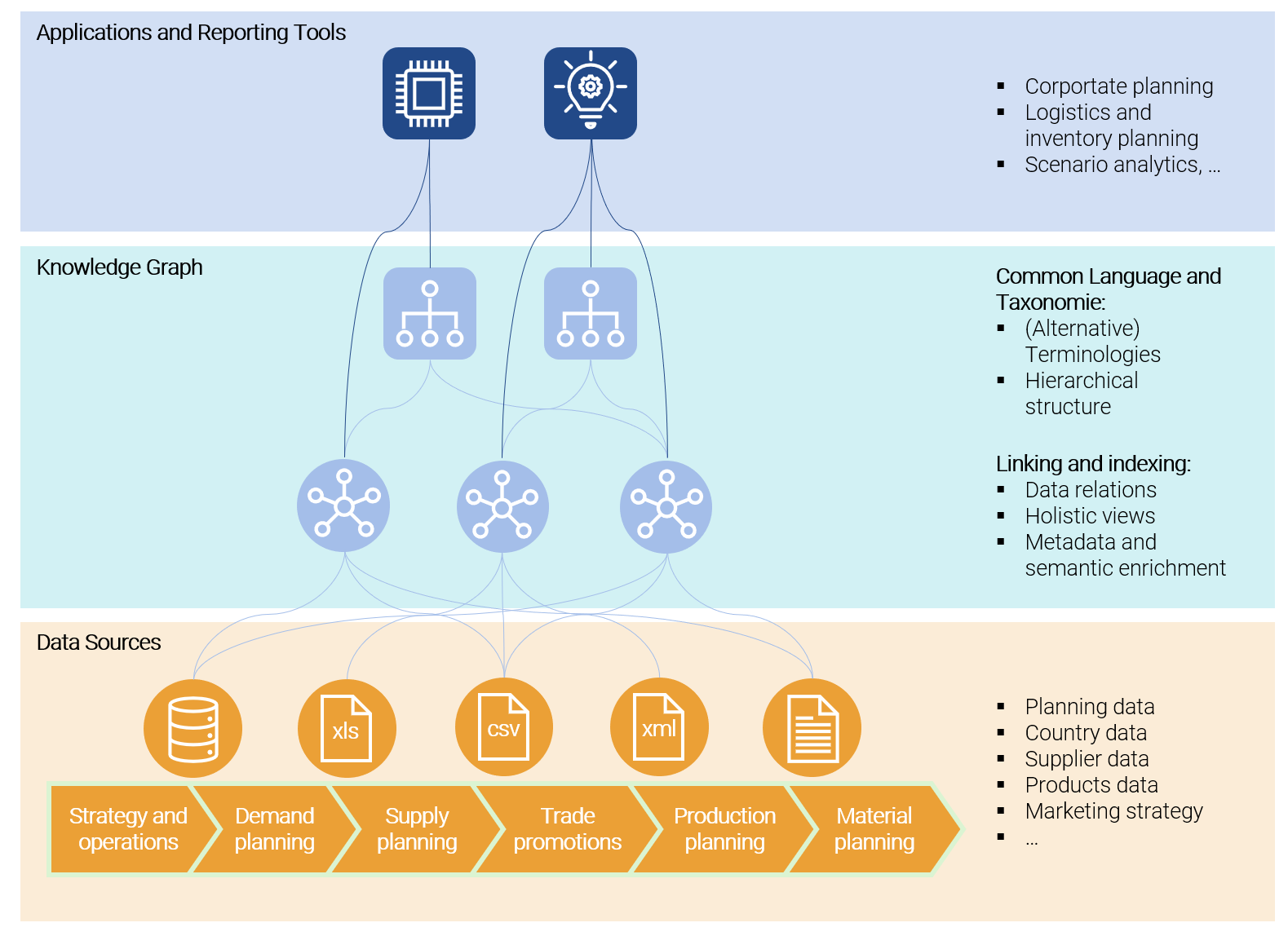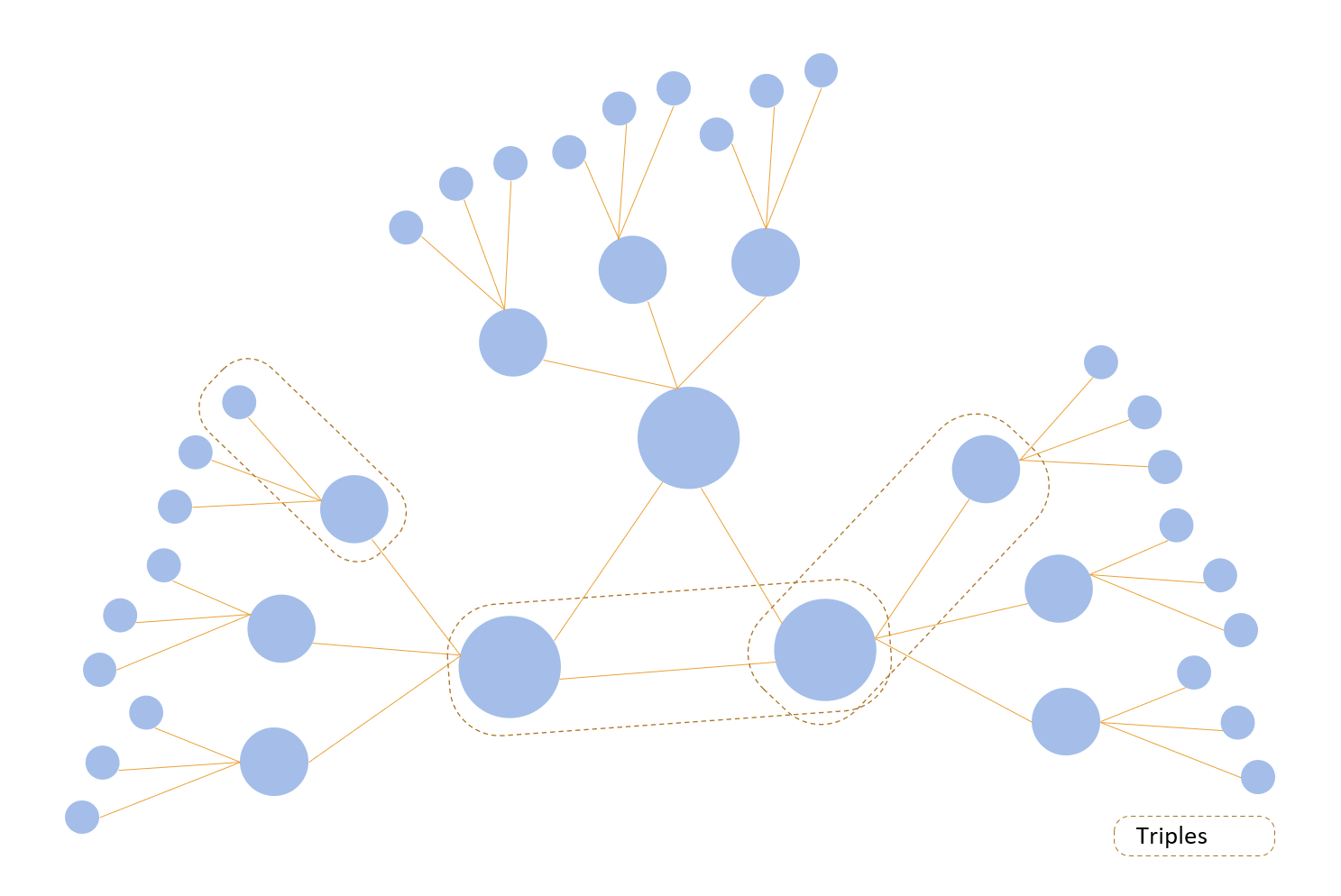These days, a prominent theme for many industries is “End-to-End” (E2E), especially in the context of process design, optimization, continuous improvement, and data management. Despite great intentions and significant change management efforts, many companies face challenges to design and build true E2E processes and many fall back to their initial “silo behavior”, resulting in less optimized processes and metrics.
The Concept of Flow
First, it is very important to distinguish between the following three basic flows within any supply (or value) chain:
Information Flow
Goods Flow, and
Invoice Flow.
Of course, these “flows” are not bound to one particular industry or department. In fact, to achieve high customer service levels and satisfaction - in terms of on-time, in-full, at quality and cost - many people from a variety of departments and different functions need to work together seamlessly. To do this successfully, a key consideration must be the “flow”.
The fundamental principle of Lean is to design the flow with zero waste and deliver on customer requirements. However, in many cases the flow is disrupted due to data inconsistencies and discrepancies. Therefore, our approach can be considered the next level in the Lean journey.
E2E in the Context of Information Flow
Information Flow is essentially any new information entering the supply (value) chain at any point in time. For instance, Information Flow can be a forecast, an order that has just been entered in the system, a returned product, or a potential quality issue.
Based on our experience - and depending on the process - it is crucial to identify critical nodes in the process chain that require information simultaneously and that can act upon them in parallel creating independent triggers within the chain.
A simple example is in the Plan to Forecast Process: Let us consider a substantial increase in forecasts. Such information typically moves from demand planning to supply planning and all the way upstream within the chain. In the best case, the information loop closes after an average of five working days, but sometimes it takes weeks to send confirmation back to the customer.
Now, imagine an organization that could assess capacities in manufacturing, warehousing and transportation, the financial implications of a short-term forecasted increase, the implications on suppliers and their sub-suppliers, etc. simultaneously. Further, let us hypothesize that the organization can close the loop of this information flow “end-to-end”. Obviously, such an organization would have a different understanding about information flow and an “end-to-end” way of working. It would be able to react faster and thus establish a competitive advantage. One could even argue that it would be more fun to work in such an agile and dynamic environment. In fact, when we investigate underlying engagement and motivation challenges in organizations, we often see that they are rooted in lack of information.
We can also find similar parallels for Goods Flow and Invoice Flow.
Intuition is often Correct, but not as Powerful and Insightful as Data
Of course, “the human factor” can make a difference. There are always highly skilled, experienced, and caring people in organizations that take ownership and go the extra mile to make things work. They know what the problem is, what the root cause is, who needs to do what and when. They naturally take the lead, regardless of their rank and position in the organization. Many of these professionals get promoted rightfully and extend their scope of competencies over time as they intrinsically understand the issues and the necessary course of action. Yet, reliance on one’s intuition hinders the cultural changes within an organization. To be more specific, such a mindset creates challenges in shifting corporate cultures towards promoting decision-making based on data and facts.
Our view here is twofold: while nurturing talents and relying on the capabilities and experience of the workforce is fundamental, we also believe that educated decisions are powered by concise, reliable, and holistic data, facts and figures. We believe that different levels within organizations should be equipped with the right data sets and insights. This will also empower leaders to make more educated decisions and more easily gain support and department buy-in because of their fact-backed insights.
Major Challenges for E2E Data and Processing within the Supply Chain Organization
There are four main challenges which hinder E2E data management and processing in a supply chain organization:
Data is stored in silos and schemes across the value chain within the organization. What makes it even more complicated are various heterogeneous systems and tools (such as databases, Excel, Access, etc.) in which data is stored and processed. As a result, multiple reports must be generated and linked to get to desired KPIs, analytics, and information. In addition, many reports contain either supply chain elements or financial elements and not a desired combination thereof.
Data exists in various types of media (such as relational databases, electronic documents, media feeds, vendors, supplier contracts, etc.).
Loosely linked (master) data (such as client master data, products master data, supplier data, financial data, etc.) delay cross functional data integrity and analytics. As an example, for every product/customer combination, up to 5000 master data fields are required from product creation and documentation up to logistical and financial data. Many companies struggle with master data organization and integrity as well as detection of inconsistencies across these fields. In such cases, even simple data issues lead to major consequences. Furthermore, differences between net and gross values (due to intercompany pricing and profit structures) and volume (due to returns and refusals) cause confusion and limit the ability to properly forecast as well as reliably report on sales and inventories.
Lastly, the lack of a holistic view around customers, markets, products, or business areas is a major obstacle to get full and consolidated product or customer information including forecast, sales history, margin, service levels, inventories, technical and commercial differences, etc. In many cases, different reports need to be generated and (manually) aligned to obtain the desired outcome. This process is time consuming and error prone.
Addressing SCM Challenges by Empowering a Data-Driven Supply Chain Organization
Recent technological advances provide quite suitable offerings to address the above-mentioned challenges. Examining Gartner Hype Cycles for Emerging Technologies 2019 (see footnote 1) reveal that semantic knowledge graphs (KG) present an emerging technology that address many of the aforementioned data management obstacles.
The diagram below highlights some of the main features and benefits of utilizing knowledge graphs to enable substantial improvements in end-to-end processing and data consistency.

Holistic and Consolidated Views
One of the major strengths of knowledge graphs is the ability to link and relate underlying data without changing the respective data structure.
Prominent KG implementations such as PoolParty can, by way of linking and indexing, integrate a variety of structured and unstructured data sources from relational databases to paper-based text files (such as contractual agreements).
The so-called unified view provides an aggregated and consolidated view of the information, enabling the business application to make more efficient use of data and facilitate more in-depth data analytics. This would allow for the discovery of facts that companies would otherwise be unable to know and identify.
Reducing Underlying Data Model Complexity
The W3C standard based data model of knowledge graphs - so-called triples (subject-predicate-object) - is a way to express facts about things. Due to the very nature of triples, the overall knowledge base can easily be extended by adding new triples and relate them to existing triples. To a great extent, this process eliminates the necessity of changing the underlying data model.
Ultimately, the chain of triples allows to view objects (such as products, clients, etc.) from multiple dimensions and across various hierarchies.

Organization-wide Terminology
Finally, standardized terminology or language base within an organization allows you to address things in a unified manner. The so-called taxonomy helps describing your objects (e.g. a client, a product, a receipt) in a standardized way across the organization. Regardless of whether you have different names or alternative labels for the same product, or whether you have the product in different languages or use different spellings (also wrong ones) for the same product, all variations can be stored under the same object for your product. As a result, mapping tables in this context become obsolete, leading to easier search queries within the organization. You can produce more accurate reports or product analytics.
If we take all the above aspects into consideration, we can conclude that there is significant room for improvement for E2E data management and processing in supply chain management. The good news is that technologies such as knowledge graphs are emerging and maturing to support improvements and substantially increase efficiency. In most cases, a prove of concept (POC) within a few weeks at negligible cost can shed light to the sheer benefits such technologies can bring to your organization.
1) https://www.gartner.com/smarterwithgartner/5-trends-appear-on-the-gartner-hype-cycle-for-emerging-technologies-2019/
About the authors:
Iman Farzaneh is a long-standing supply chain professional. Over the past 24 years, Iman has held various senior executive positions in global conglomerates managing production and supply chains across three continents. He has also been liaising with tech companies, innovation labs and academia to pioneer new approaches to facilitate decision making and advance in supply chain management.
Ali Mahmoodian is a management consultant with over 28 years of industry and consulting experience. He has led international change and transformation projects and is currently involved in accelerating the application of advanced analytics, artificial intelligence, and digitalization within his industry focus. A computer scientist by training and a technology enthusiast, Ali also supports tech start-ups to increase their product and commercialization maturity.

